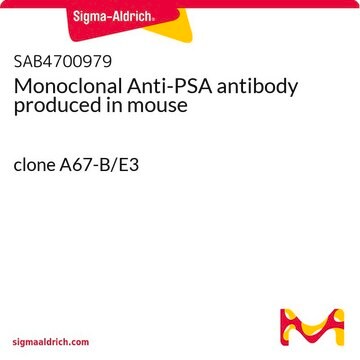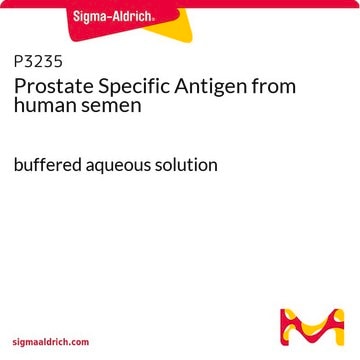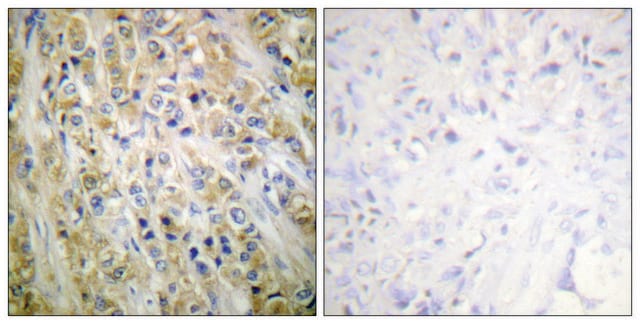C4835
Carcinoembryonic Antigen human
≥95% (SDS-PAGE), buffered aqueous solution
Sinonimo/i:
Cancer-associated CEA
Scegli un formato
CHF 319.00
Spedizione prevista il25 maggio 2025
Scegli un formato
About This Item
CHF 319.00
Spedizione prevista il25 maggio 2025
Prodotti consigliati
Livello qualitativo
Saggio
≥95% (SDS-PAGE)
Stato
buffered aqueous solution
N° accesso UniProt
Condizioni di spedizione
dry ice
Temperatura di conservazione
−20°C
Informazioni sul gene
human ... CEACAM5(1048)
Descrizione generale
Applicazioni
Azioni biochim/fisiol
Confezionamento
Qualità
Stato fisico
Codice della classe di stoccaggio
10 - Combustible liquids
Classe di pericolosità dell'acqua (WGK)
WGK 1
Punto d’infiammabilità (°F)
Not applicable
Punto d’infiammabilità (°C)
Not applicable
Scegli una delle versioni più recenti:
Certificati d'analisi (COA)
Non trovi la versione di tuo interesse?
Se hai bisogno di una versione specifica, puoi cercare il certificato tramite il numero di lotto.
Possiedi già questo prodotto?
I documenti relativi ai prodotti acquistati recentemente sono disponibili nell’Archivio dei documenti.
I clienti hanno visto anche
Active Filters
Il team dei nostri ricercatori vanta grande esperienza in tutte le aree della ricerca quali Life Science, scienza dei materiali, sintesi chimica, cromatografia, discipline analitiche, ecc..
Contatta l'Assistenza Tecnica.










